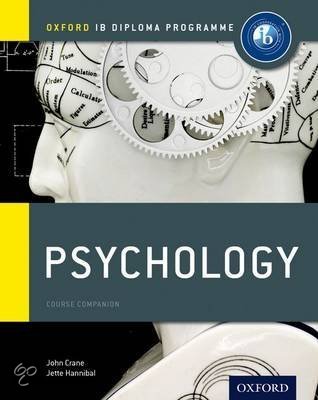Study guide
IB Psychology HL Final Exam Notes
- Course
- IB Psychology HL (IBPSYCH)
- Institution
- American International School
Provides answers to all of the learning outcomes of the three levels of analysis in psychology (biological, cognitive, and sociocultural). Highly organized notes with hyperlinks and respective study (or studies) that aid in supporting the argument claim for each learning outcome.
[Show more]




